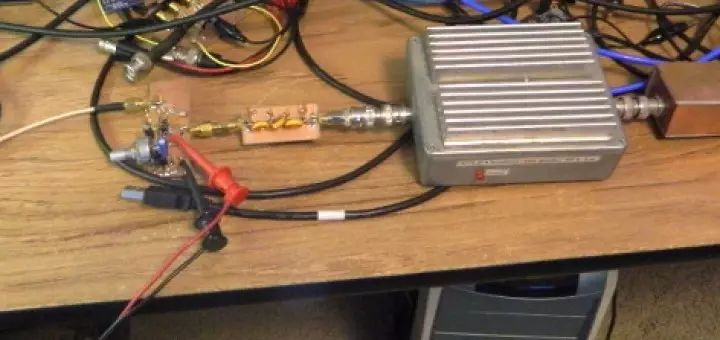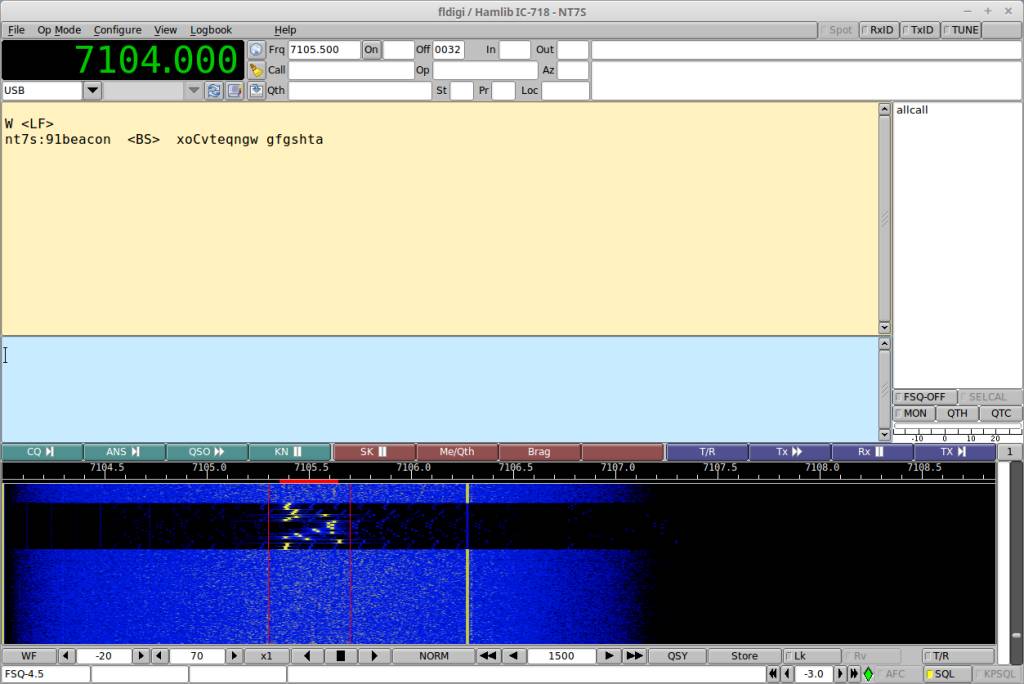
Si5351 is a very practical clock source chip that can output three square wave clock sources with the help of an external crystal oscillator. The frequency range of each clock is as wide as 8kHz to 160MHz. This very convenient circuit has become the top choice for many DIY projects. What you need to do is program it, output the signals, and control the harmonics.

Today we are going to talk about a small project using Arduino and Si5351A: the FSQ digital mode transmitter—many friends may not be very familiar with the FSQ mode, but you must have heard of modes like JT65. They use MFSK modulation to encode information with multiple different frequency carriers. For example, it’s like playing a piano, where pressing each key represents a note that makes up a song. The different frequencies emitted in sequence combine to form a message. JT65 uses 65 tones to represent information, while FSQ uses 32 tones, and at the same time, no two tones occur. FSQ is fast and can be used for general chatting and file, image transmission without the waiting time required by JT65.

Achieving this goal is not complicated. Consider an ideal clock source that can instantly switch to the desired frequency. If we make it change its output frequency in sequence according to the FSQ modulated message, from the receiver’s perspective (with a fixed frequency), what the other party transmits is an FSQ signal. This is the principle behind the circuit designed by NT7S. He uses an Arduino as a controller, Si5351A as the clock source, and a small power amplifier for filtering and amplification, creating a small FSQ transmitter of about 20W.
The entire circuit and code for this design are open source. If you want to build it, you can refer to: http://appnotes.etherkit.com/2015/09/arduino-fsq-beacon-on-the-si5351a-breakout-board/